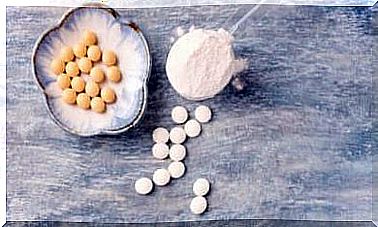Acute Severe Asthma: Symptoms And Treatment

All asthmatics are at risk of having an acute severe asthma attack in their lifetime. These attacks can even be fatal. That’s why going to the hospital and getting the right emergency care are fundamental parts of asthma care.
An acute severe asthma attack is a common reason to go to the hospital. Believe it or not, children and teens need medical attention most often. It is also slightly more common in women than in men.
What is Asthma?

Asthma is a chronic inflammatory disease of the airways. In asthma, patients have difficulty breathing and other respiratory problems. Asthma mainly occurs in the bronchi and bronchioles of the respiratory tract. Air flows in and out of the lungs through these structures. What happens in asthma is that:
- ignite and erect the walls of these structures.
- In addition, they produce less mucus than normal.
- Also, the muscles that surround the walls of the bronchi contract. This constricts the bronchi and makes breathing difficult.
Some asthmatics also have problems with the nose and sinuses. This is then called rhinosinusitis. Here you can read an English scientific article about rhinosinusitis.
There are several triggers for an asthma attack. For example, they can be caused by inflammation, smooth muscle contraction, or both. Allergens, air pollution and respiratory infections are the main triggers.
What are the symptoms of acute severe asthma?
In general , the symptoms are different for each person with asthma. However, some of the most common symptoms of acute severe asthma include:
- Severe breathing problems.
- There may also be tightness or pain in the chest.
- Coughing or wheezing while breathing.
- Difficulty exhaling.
- Often these symptoms also do not respond to a fast-acting inhaler.
Treatment of acute severe asthma
An attack of acute severe asthma is a medical emergency that must be quickly assessed and treated. The evaluation then consists of the following two steps:
- A static evaluation, which determines the severity of the asthma attack.
- A dynamic evaluation, which evaluates response to treatment.
The intensity of the treatment depends on how severe the attack is. Whatever the treatment, they have the same goals. These goals are:
- Fighting the low levels of oxygen in the body (hypoxia) by administering oxygen.
- Relieving airway obstruction by inhaling bronchodilators.
- Reducing inflammation and preventing relapse by giving corticosteroids.
Oxygen

Doctors can combat the oxygen levels that are too low (Spanish link). They generally administer this to the patient using an oxygen mask or a tube in the nose from which oxygen comes out.
Fast-acting inhalers: beta agonists
These drugs are the best drugs to treat attacks of acute severe asthma. In fact, they start working after about 5 minutes. They also work for about 6 hours and have very few side effects.
Inhaling beta agonists makes them work faster and have fewer side effects when given by injection. Doctors only inject it if the medicine doesn’t work by inhalation.
Anticholinergics
The main reason for using this type of treatment for acute severe asthma attacks is the increase in vagal tone in the airways. This has the best effect when you use a repeated and high dose. It contributes to:
- fewer hospital admissions.
- increased lung functions.
- control the costs of treatment.
Steroids
Finally, steroids are important to treat most cases of asthma attacks. These drugs reduce inflammation. Studies show the following, among other things:
- These drugs take 6 to 24 hours to work.
- There are also not many differences between oral or intravenous administration.
- In fact, there is no relationship between dose and effect. It is therefore not beneficial to use high doses.









